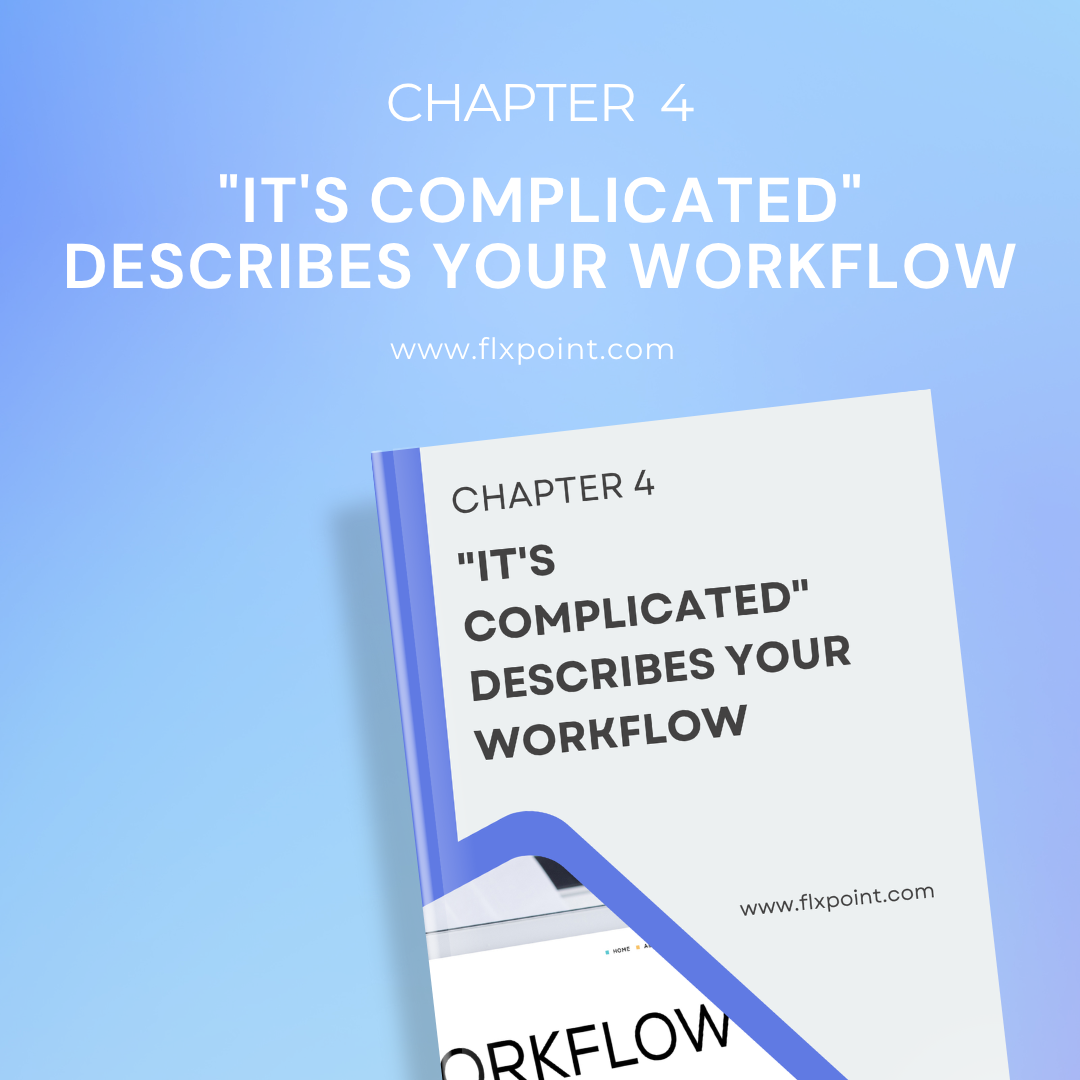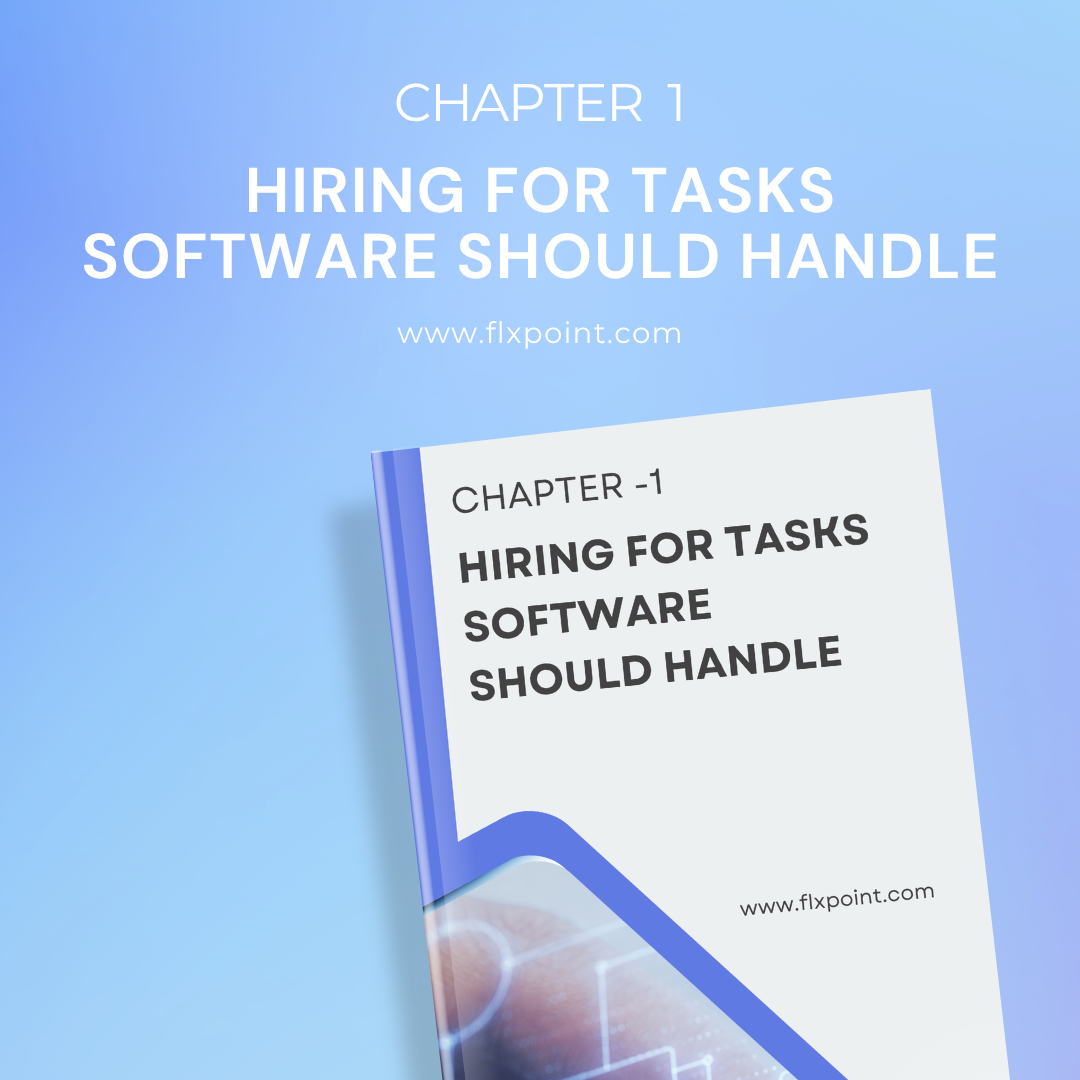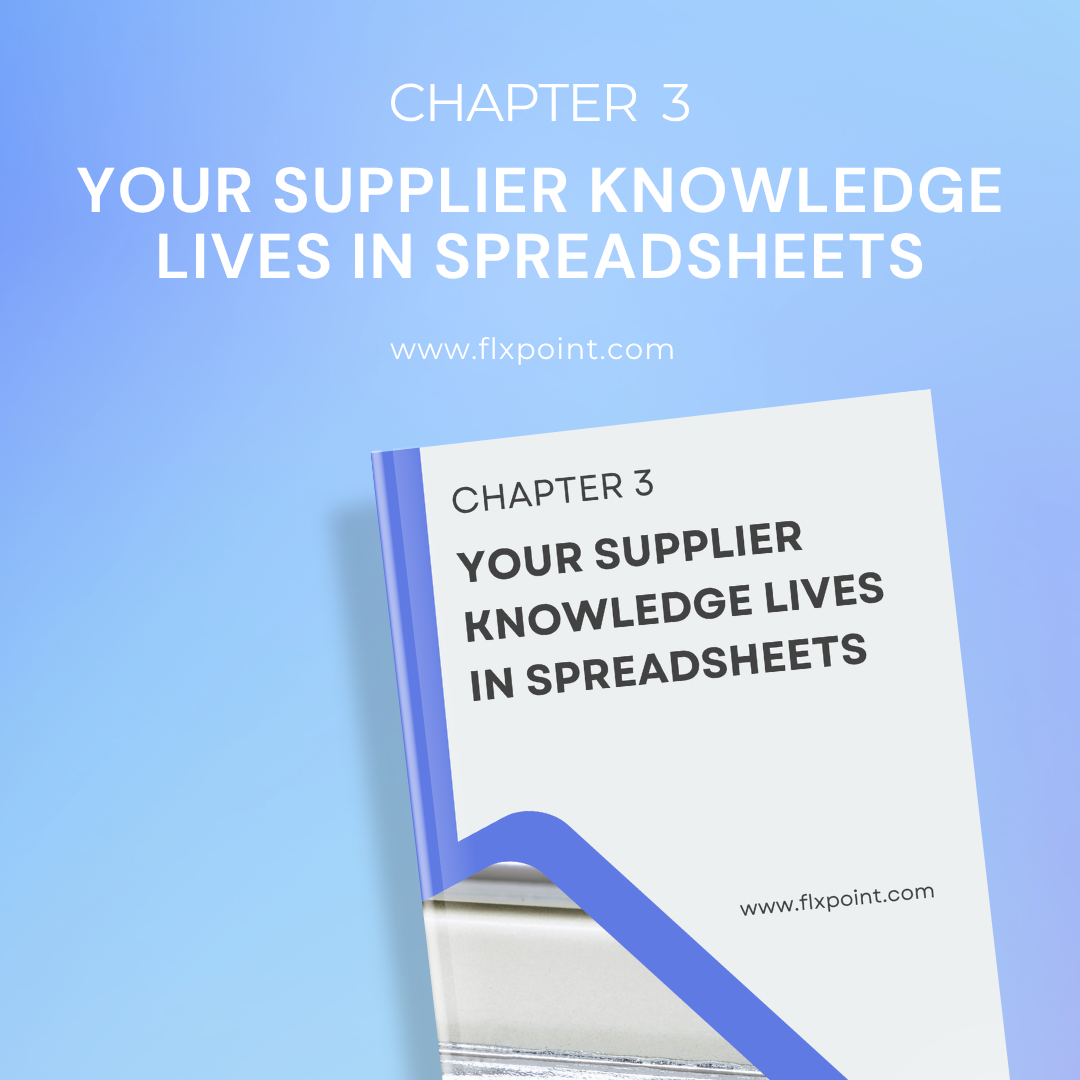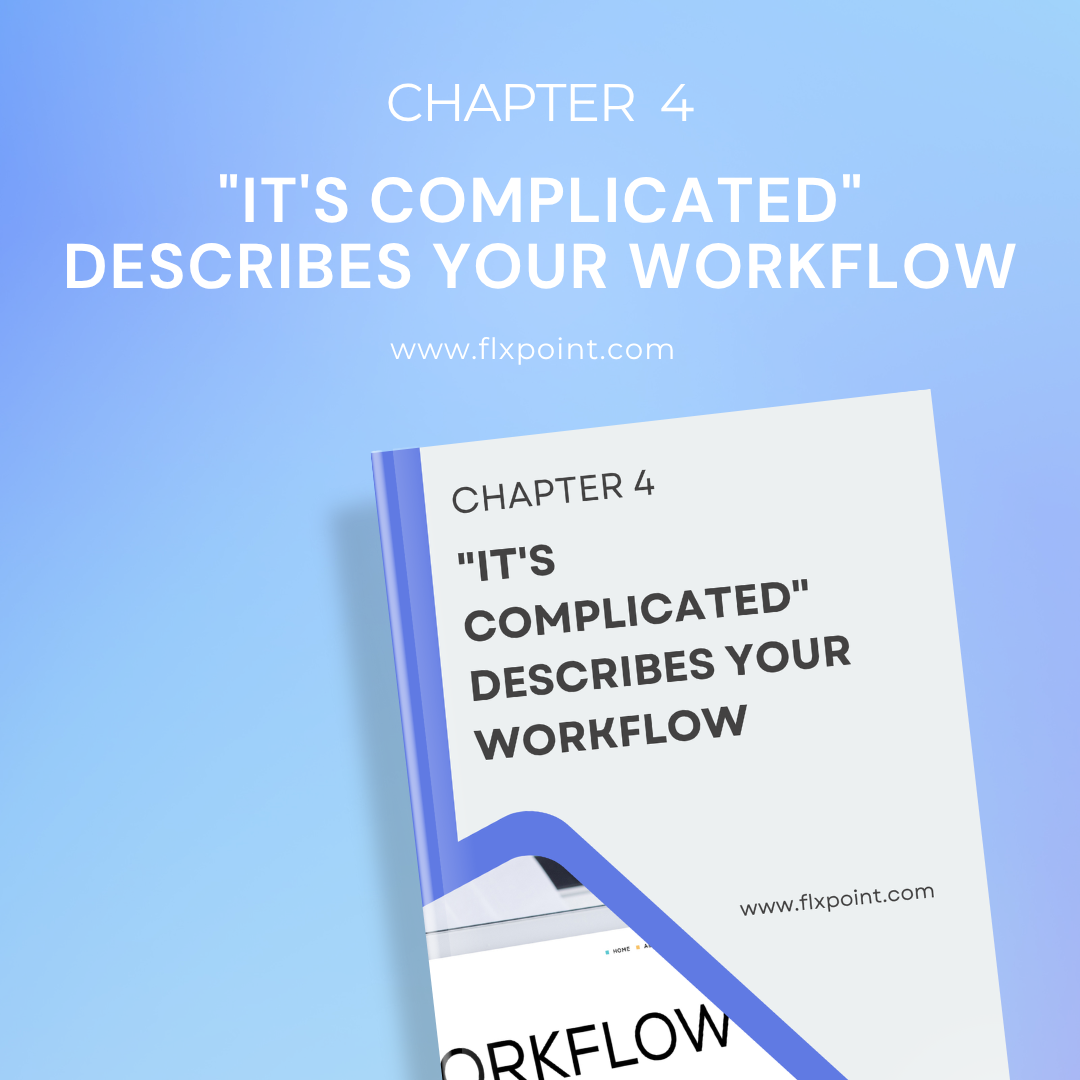Sign #4 "It's Complicated" Describes Your Workflow
Simplify operations that have grown organically complex. We show you how to identify workflow complexity that's killing productivity and replace it with simple, automated rules. Discover why the best operations can be explained in three sentences while manual processes require 20-minute explanations.

If you find yourself saying ‘it’s complicated’ every time someone asks how your operations work — that’s a red flag. Complexity is normal. But if you can’t explain it, you can’t scale it.
Complex processes aren't inherently bad. But when complexity becomes so overwhelming that it can't be easily explained or documented, you've reached a point where automation isn't just helpful; it's essential for survival.
When Explaining Your Workflow Takes 20 Minutes
Complex workflows usually develop organically. You add one workaround, then another, then a special case for large orders, then an exception for certain suppliers. Before long, your process looks like this:
- Check Shopify or any other ecommerce platform for new orders
- Export to Excel, add supplier codes manually
- Email purchase orders to primary suppliers
- Call backup suppliers for out-of-stock items
- Update a tracking spreadsheet
- Import tracking numbers back to Shopify
- Update inventory levels based on what actually shipped
- Handle exceptions via Slack messages
Each step has sub-steps, exceptions, and "make sure you remember to..." instructions. The process documentation runs 15 pages and still doesn't cover everything because new edge cases appear weekly.
Simplification Framework: From Complex to Automated
The path from complex manual operations to streamlined automation follows a predictable framework that successful businesses use to reclaim operational control.
- Step 1: Map the Current Reality
Start by documenting your actual processes, not the idealized version you wish existed. Include all the exceptions, workarounds, and special cases that make explanations so complicated. This mapping exercise often reveals redundancies, outdated rules, and opportunities for simplification.
- Step 2: Identify Core Logic Patterns
Within the complexity, look for underlying patterns and decision rules. Most complicated processes are actually combinations of simpler logic patterns that have been layered together.
For example, your order routing might involve geographic logic, inventory availability logic, cost optimization logic, and regulatory compliance logic each manageable individually.
- Step 3: Design Systematic Rules
Transform the identified patterns into systematic rules that can be automated. Instead of "check if it's a firearm and the customer is in Texas," create automated compliance checks that handle regulatory requirements across all relevant scenarios.
- Step 4: Implement Progressive Automation
You don't have to automate everything at once. Start with the most time-consuming or error-prone elements, then gradually expand automation to cover more scenarios. This approach allows you to maintain operations while building more efficient systems.
- Step 5: Build in Intelligent Exception Handling
Good automation doesn't just handle standard cases it intelligently manages exceptions. Modern platforms can escalate unusual scenarios to human review while automatically handling the vast majority of routine decisions.
The Power of Systematic Intelligence
When done correctly, automation doesn't just handle your current complexity—it makes you more capable of managing future complexity intelligently. Instead of layering more manual workarounds onto existing processes, you can encode new requirements into systematic rules.
Consider how Flxpoint handles complex product data scenarios. In the automotive space, product data can be notoriously messy, with overlapping SKUs, multiple suppliers for similar products, and complex categorization requirements.
Instead of requiring manual cleanup for each new supplier, the platform uses intelligent mapping and rules engines to systematize data transformation.
This systematic approach means that adding a new supplier doesn't require retraining your team or creating new manual processes. The automation handles data integration, pricing rules, and inventory synchronization using the same systematic intelligence you've already configured.
Creating Operational Clarity
The ultimate goal isn't to eliminate complexity from your business—it's to handle complexity systematically rather than manually. When processes are automated based on clear rules, they become explainable again. Instead of 20-minute explanations full of special cases, you can describe how the system handles different scenarios predictably and consistently.
This clarity has profound benefits. New team members can become productive quickly because they don't need to memorize complex exception rules. Partners and stakeholders can understand your capabilities easily because they're systematically documented. Most importantly, you can focus on strategic decisions rather than operational firefighting.
Automated processes also become self-improving. The system can track which rules work best in different scenarios and optimize performance over time. This continuous improvement happens without requiring additional management attention or process redesign.
Beyond Survival to Growth
When your operations shift from "it's complicated" to "it's systematic," you unlock growth opportunities that were previously impossible. You can confidently take on new product lines, supplier relationships, or sales channels because your systems can handle the additional complexity without proportional increases in management overhead.
The businesses that scale successfully are those that transform operational complexity into systematic competitive advantages. Your deep understanding of market nuances becomes embedded in intelligent automation rather than remaining trapped in manual processes.
Ready to transform complexity into competitive advantage? Flxpoint intelligent automation platform turns your operational expertise into systematic rules that work consistently at scale.
Handle complex routing logic, supplier requirements, and regulatory compliance automatically while maintaining the flexibility to adapt as your business grows.
Learn how Flxpoint can systematize your operations for clarity and growth.
Flxpoint – Powerful Dropship and Ecommerce Automation Platform
All Chapters in This Guide

We break down the hidden costs of manual labor and show you the real ROI calculation that's driving smart businesses toward automation. Learn why hiring another person to update inventory or route orders is actually the most expensive solution.

Discover why manual inventory updates always lag behind reality and how this creates expensive customer service problems. We reveal the true cost of oversells (hint: it's much higher than you think) and show you how automated inventory sync eliminates 94% of stockout issues in the first month.

Transform your supplier intelligence from tribal knowledge into automated decision-making. Learn how to capture performance data, pricing trends, and shipping patterns that can automatically route orders to the best supplier for each situation. Stop being the bottleneck in your own supply chain.

Simplify operations that have grown organically complex. We show you how to identify workflow complexity that's killing productivity and replace it with simple, automated rules. Discover why the best operations can be explained in three sentences while manual processes require 20-minute explanations.

Build operations that run without you being the single point of failure. Learn how successful business owners create systems that handle routine decisions automatically, freeing them to focus on strategy and growth instead of daily fire-fighting.
Kenneth Cole's Smart Savings With Shopify EDI Connections
"They had never used Flxpoint before. But working with [the Flxpoint] team, they learned it and we're about to onboard our newest footwear partner, and you know that's big business for us.”
Mitul PatelKenneth Cole


How Flxpoint Helped Rifle Supply Automate & Grow
“I went line by line… whatever the inventory number was and cost value was, I calculated it and was blown away by how much that was worth— $300 million worth of product that I added to our web store.”
Chris MekdaraRifle Supply


The Ecommerce Automation Behind Screen Skinz
"Automation is the key to maximizing your volume. [Flxpoint] comes right into our flow — everything's automated. We want it to be quick and efficient. So that's what we love about Flxpoint."
Shaun Brown & Clay CanningScreenSkinz


How Inhaven Transformed Vendor Management with Flxpoint
"We ended up switching to Flxpoint, and it has been a much smoother process. Where it took us six months to get onboarded with the other company, we were up and running in a week or two with Flxpoint."
Ashley ChingInhaven


How Black Patch Performance Scaled Smarter with Flxpoint
"The only way to actually scale was to go through Flxpoint… You can’t even come close to hiring someone to do what Flxpoint does for the price."
Jonathan WilliamsBlack Patch Performance


